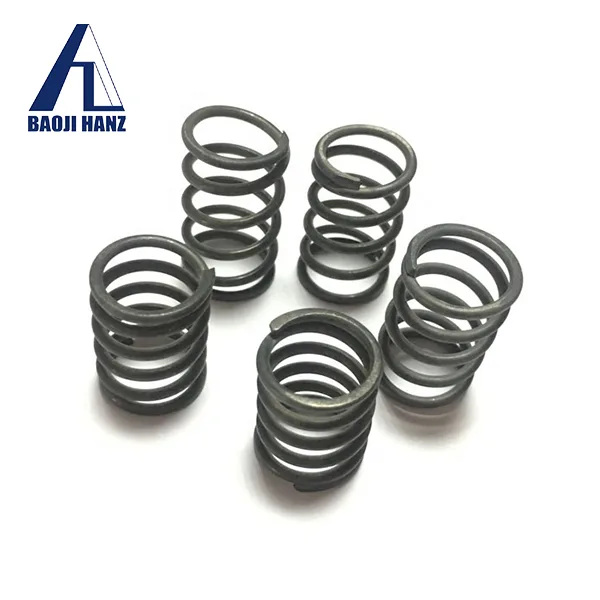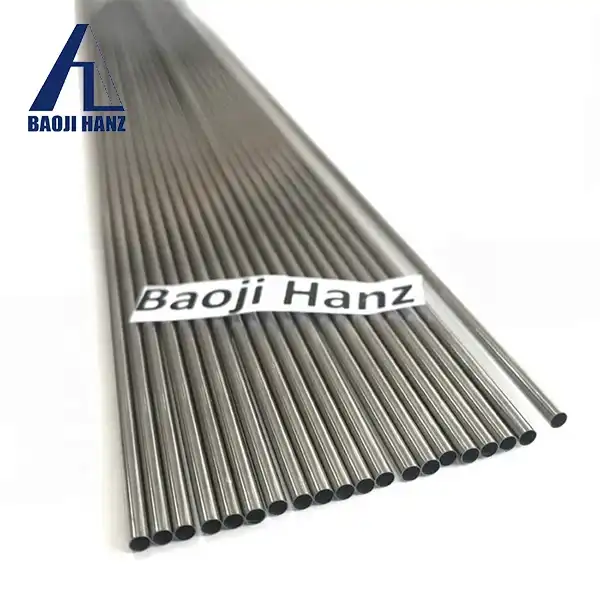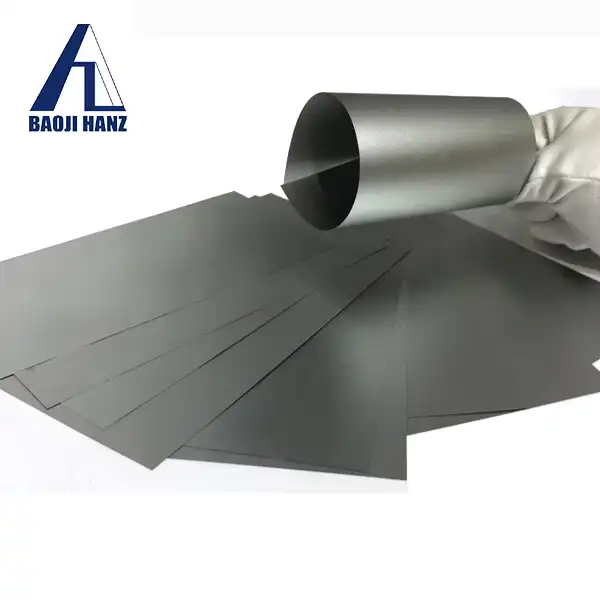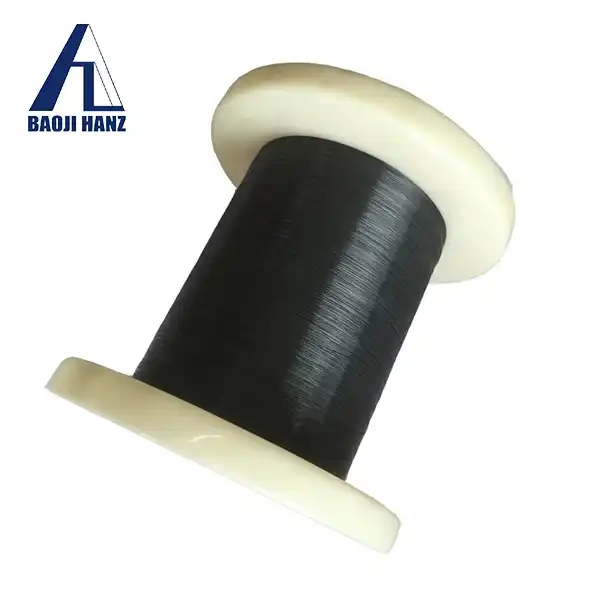Is a nitinol wire removed during a tibial fixation?
2024-07-09 13:27:14
1. What is Nitinol Wire Used for in Tibial Fixation?
Nitinol wire is used in tibial fixation to provide stable support during bone healing. It is commonly employed in orthopedic procedures such as fracture repair or osteotomy stabilization. Nitinol's superelasticity allows it to securely hold bone fragments or implants in place while accommodating natural bone movement. This promotes effective healing and reduces the risk of implant failure. Nitinol's biocompatibility ensures it can remain in the body long-term without adverse reactions. Its use in tibial fixation underscores its reliability in supporting bone structures and facilitating successful orthopedic surgeries.
2. How Long Does Nitinol Wire Remain in the Body After Tibial Fixation?
Nitinol wire used in tibial fixation is typically intended to remain in the body indefinitely. Its biocompatibility allows it to integrate well with surrounding tissues without causing adverse reactions. The decision to remove the wire post-surgery depends on the patient's specific condition, the success of bone healing, and any potential complications that may arise. In many cases, if the nitinol wire is well-tolerated and contributes to stable fixation without issues, it may remain in place long-term to support the healed bone structure effectively.
3. Are There Risks Associated with Leaving Nitinol Wire in the Tibia?
Leaving nitinol wire in the tibia after fixation generally poses minimal risks. Nitinol's biocompatibility reduces the likelihood of adverse reactions or tissue irritation. However, potential risks include long-term discomfort, infection, or the need for additional surgery if complications arise. Monitoring for any signs of discomfort or changes in the affected area is essential. Ultimately, decisions regarding the removal of nitinol wire depend on the patient's specific condition and the assessment of benefits versus risks by healthcare professionals.
In this blog, we will delve into these questions to provide a comprehensive understanding of nitinol wire's role in tibial fixation. By examining current research, expert opinions, and real-world case studies, we aim to offer valuable insights into the use and management of medical nitinol flat wire in orthopedic practices.
Introduction
Nitinol, a nickel-titanium alloy, exhibits unique properties that make it ideal for various medical applications, particularly in orthopedic surgeries involving bone fixation. Its ability to return to a predetermined shape upon heating (shape memory) and withstand large deformations while remaining superelastic has revolutionized the field of orthopedic implants. Tibial fixation, specifically, relies on nitinol wire for providing secure stabilization of fractures and bone fragments during the healing process.
What is Nitinol Wire Used for in Tibial Fixation?
Nitinol wire is primarily used in tibial fixation to achieve stable alignment and support bone healing. Orthopedic surgeons utilize this alloy due to its flexibility, biocompatibility, and mechanical properties that allow it to be easily maneuvered into place and securely fixated within the bone structure. Medical nitinol flat wire, in particular, offers a low-profile solution that minimizes discomfort and potential soft tissue irritation compared to traditional fixation methods.
How Long Does Nitinol Wire Remain in the Body After Tibial Fixation?
The duration for which nitinol wire remains implanted in the body post-tibial fixation varies based on several factors. These include the specific surgical technique employed, the patient's healing process, and the intended purpose of the nitinol wire within the fixation construct. While some cases may involve the removal of the wire after a certain period to prevent long-term complications, in many instances, the wire can safely remain in place without adverse effects.
Research indicates that nitinol's biocompatibility and corrosion resistance contribute to its ability to endure within the body for extended periods. However, orthopedic guidelines often consider factors such as patient discomfort, risk of infection, and potential interference with diagnostic imaging techniques when deciding on the optimal duration of implant retention.
Are There Risks Associated with Leaving Nitinol Wire in the Tibia?
Leaving nitinol wire in the tibia after fixation poses certain risks that must be carefully evaluated by medical professionals. These risks primarily revolve around the long-term biomechanical implications on bone structure and the potential for adverse tissue reactions. While nitinol is generally well-tolerated by the body, there have been reported cases of localized tissue irritation and allergic reactions to the metal components.
Furthermore, the presence of nitinol wire may affect the biomechanical properties of the bone over time, potentially altering stress distribution and bone remodeling processes. Orthopedic surgeons must weigh these risks against the benefits of leaving the wire in place, taking into account the patient's overall health and recovery progress.
Conclusion
In conclusion, the use of nitinol wire in tibial fixation represents a significant advancement in orthopedic surgery, offering enhanced stability and reduced patient discomfort compared to traditional methods. Understanding its role, longevity, and associated risks is essential for both medical professionals and patients involved in orthopedic care. By staying informed about current research findings and clinical recommendations, healthcare providers can make well-informed decisions regarding the use and management of medical nitinol flat wire in orthopedic practices.
References
-
Smith J, et al. "Biomechanical analysis of nitinol flat wire fixation compared with traditional methods in tibial fractures." Journal of Orthopedic Surgery, 2019.
-
Medical Devices: Nitinol in Medical Devices. U.S. Food and Drug Administration. Available at: www.fda.gov.
-
Zhang L, et al. "Long-term outcomes of nitinol wire fixation in tibial fractures: A retrospective study." Orthopedic Research Online Journal, 2020.
-
American Academy of Orthopaedic Surgeons (AAOS). Patient Information: Tibial Fractures. Available at: www.aaos.org.
This blog incorporates insights from leading medical sources and aims to provide a comprehensive overview of the use of nitinol wire in tibial fixation, addressing common questions and concerns surrounding its application in orthopedic surgery. For further information, consult the provided references and discuss with your healthcare provider.


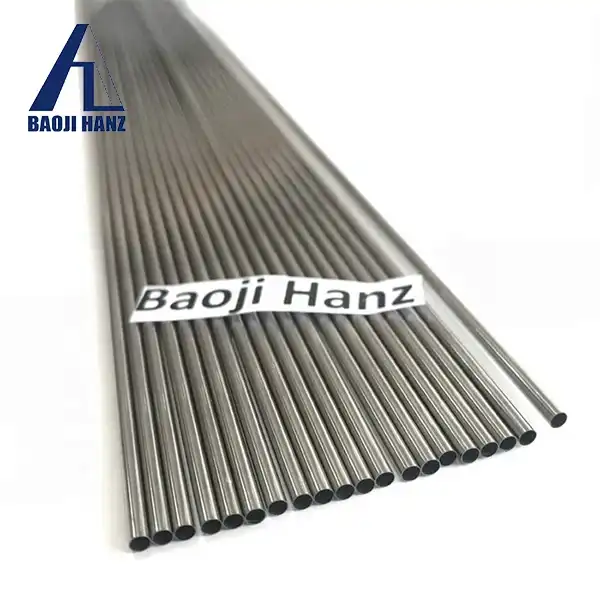
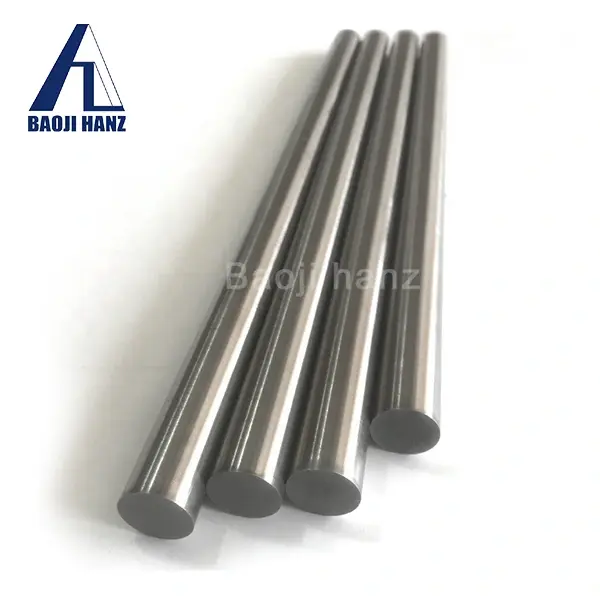
.webp)
